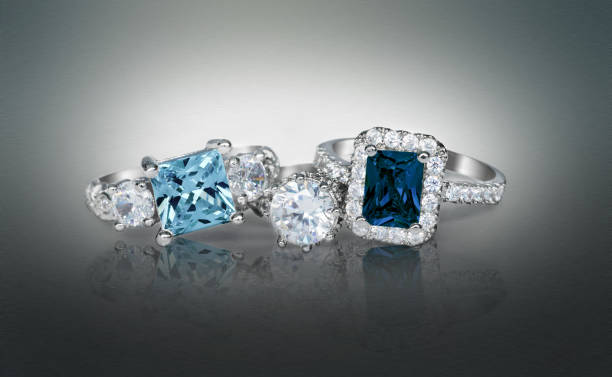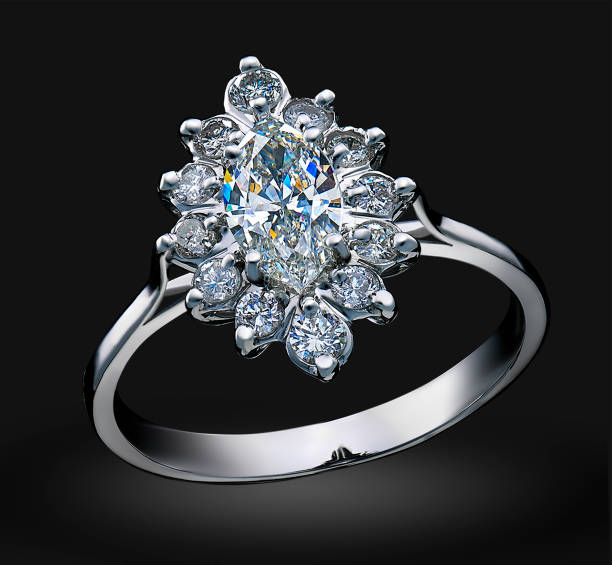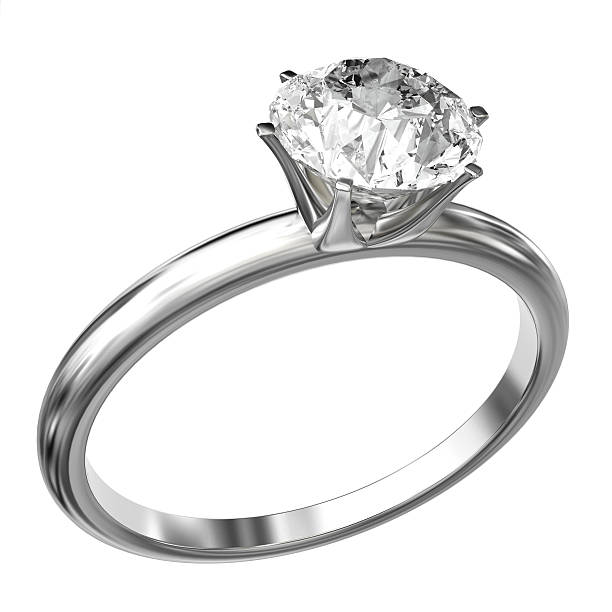They are located all over the globe
Over 63,000 jewellery shops are located in the United States, with thousands more around the globe. These jewel stores sell extracted diamonds from the Earth in all countries. This raises the question: Where can you find diamonds? There are over 30 countries that have diamonds, but these are the top producers.
- Botswana
- Canada
- Angola
- South Africa
- Democratic Republic of Congo
- Namibia
Diamonds
I was nine diamond mines, of which four are underground.
I also has fourteen alluvial sports, which are trap sites that are located in rivers and streams.
Is the largest producer of diamonds in the world, with more than 23,000,000 carats of high-quality diamonds.
Botswana Diamonds
Although Botswana may be a small country, it is the second-largest diamond producer in the world. Russia produces more diamonds yearly, but Botswana makes larger, more valuable diamonds. These diamonds are often from the Waning mine. This mine is frequently called the most valuable diamond mine in the world.
Numerous jewellery pieces have had Botswana diamonds, including Meghan Markle’s engagement ring. This shows that diamonds from Botswana are worthy of royalty.
Canada Diamonds
In 1998 Canada’s first diamond mine opened. Since then, this industry has grown. However, mining is difficult in Canada. Transporting workers and supplies between the mines and remote locations is difficult because they are not accessible by icy roads. Despite these obstacles, the industry has flourished in Canada.
Canada has a variety of regulations that are designed to protect minors as well as the environment. This is why some consumers gravitate to Canadian diamonds. There have been many stunning diamonds produced in Canada. One example is a 552-carat yellow diamond that was discovered in 2018. This amazing diamond is the largest ever found in North America.
Angola Diamonds
Angola has been producing diamonds for over 100 years. The Lunda Norte and Lunda Sul provinces are where most diamonds are found.
Angola is home to many of the world’s largest types of Ia diamonds. Type IIa diamonds are chemically the purest. Type IIa Diamonds are usually colorless, but some have a bright pink color.
South Africa Diamonds
In South Africa, many mines and alluvial reserves contain diamonds. Offshore Marina Mines is where diamonds can also be extracted from the seabed.
The Cullinan was the largest known diamond in the world. It was found in a South African mine. The 3106-carat, nearly flawless diamond was found in 1905 at the Premier Mine in Transvaal. It was cut into 9 large and 96 small diamonds. There are also nearly 20 carats of unpolished chips.
Diamonds in the Democratic Republic of Congo
The Democratic Republic of Congo is one of the world’s largest producers of diamonds. However, only a very small amount of the country has been mined.
This country could move up on the list once mining is completed elsewhere.
Namibian diamonds
Namibia’s diamonds are found in alluvial deposits and offshore mines. There are also raised beach deposits close to the coast. This country’s miners have found new ways to extract diamonds offshore.
These new techniques have enabled Namibia to host more offshore mining than any other country.
Are Diamonds Found in America?
The United States is the largest consumer of diamonds. However, there are no commercial mines in the country. One active diamond mine is located outside Murfreesboro in Arkansas, known as The Crater of Diamonds.
This “pay-to dig” mine attracts thousands of tourists yearly, hoping to find some diamonds. This attraction is open to tourists who wish to bring any diamonds home. It is a very popular tourist destination.
Why is a diamond’s country of origin important?
Before buying a diamond, it is important to know where it came from. Some diamonds from war-torn nations are sold to fund violent military action against innocent people. These diamonds are also known as conflict diamonds.
While efforts have been made to stop the flow of conflict diamonds, you still need to confirm that the diamond you are looking to buy is conflict-free.
Avoid Bad Diamonds!
Before you buy a conflict diamond, find out where it came from. Most conflict diamonds can be traced back to war-torn African countries like Sierra Leone or Angola. Choosing a diamond that was not sourced in these countries can be sure to return home with a conflict-free gem.
It would be best if you also considered buying jewelry from retailers such as Brilliance, which are proud to sell conflict-free diamonds. It is easier to learn more about the diamond’s history by choosing an ethical retailer.
Are All Diamonds Found in Nature
Real diamonds are naturally produced hundreds of miles below the Earth’s surface. Some retailers sell diamonds that have been created in a laboratory to create lab-created ones. This is where a small amount of a synthetic or natural diamond is placed in a high-pressure, high-temperature environment until the gemstone forms.
These diamonds are less labour-intensive than traditional mining and therefore tend to be less expensive than natural diamonds. Although they may be less expensive than natural diamonds, lab-created gems are not as unique and have a shorter history.
The Beautiful Journey of a Diamond
It takes a lot to provide jewellery shops around the globe with beautiful diamonds.
Brilliance’s loose-diamond search tool will help you find the perfect diamond for your next piece. This tool lets you filter quickly by shape, color, carat, clarity and many other options to find your dream diamond!









